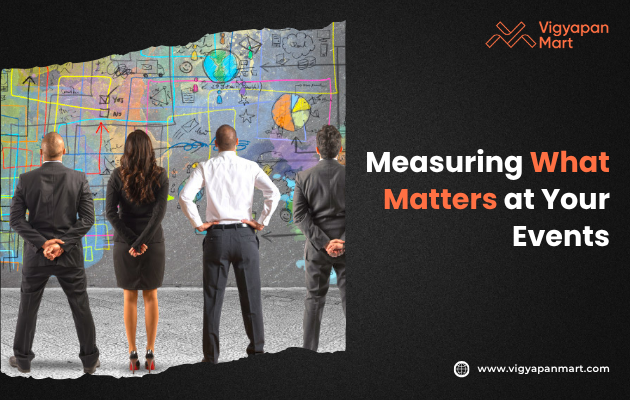Harnessing Attention Metrics: Measuring What Matters at Your Events

Why Attention Matters at Events?
When you hold an event, you want your audience to pay close attention. Attention means people are really listening, watching, or interacting with what you offer. Measuring attention helps you know if your event was interesting and useful. It’s not just about how many people came but how engaged they were.
What Are Attention Metrics?
Attention metrics are special ways to measure how much focus and interest your audience gives during your event. Instead of just counting how many people showed up, these metrics tell you whether attendees were truly present and involved. For example, did they watch a speaker carefully? Did they spend time at a booth? Did they ask questions or participate in activities?
Why Use Attention Metrics?
Old ways of measuring success, like counting hits or views, don’t tell the full story anymore. You might have many people in the room, but if they are distracted or bored, your event didn’t make a strong impact.
Attention metrics help you:
- Understand what parts of your event worked well.
- Improve future events by focusing on what truly engages people.
- Show sponsors and partners real proof of success.
How to Measure Attention at Your Event
There are several ways to measure attention, and many look at small details about what people do or how they react. Here are some of the most common methods, based on what top experts and companies use:
1. Eye-Tracking
This technique follows where people look. For example, eye-tracking devices or software can tell you if attendees watch a presentation screen or a product display closely. It’s like seeing what grabs their eyes first and holds their gaze.
2. Engagement Time
This measures how long someone stays interested in something, like listening to a talk or exploring a booth. Longer time usually means better attention.
3. Heatmaps
Heatmaps show which parts of an event space or display get the most focus. Imagine a color map where “hot” areas are the ones people look at or visit the most.
4. Interaction Counts
Counting how many people ask questions, try samples, or use event apps shows active participation.
5. Scroll Depth (for virtual events)
For online events, scroll depth means how far attendees explore content on their screen, like watching videos or reading materials.
Tools to Help You Measure
There are many tools available that can help event planners track attention. Eye-tracking devices, digital platforms that track engagement time, app analytics, and even surveys asking attendees about their experience are common.
Why Measuring Attention Is Better Than Just Counting People?
Counting attendees only tells you how many showed up, but not how many were really paying attention. Attention metrics add depth to your understanding. They can help you answer questions like:
- Did the keynote keep people interested?
- Which session got the most focused listeners?
- What booths or activities drew the most attention?
What to Do With Attention Data?
Once you have attention data, use it to improve:
- Change your event layout to make popular areas easier to access.
- Offer content that keeps people engaged longer.
- Train speakers to maintain audience focus better.
- Show sponsors how their products got real attention.
Keep It Simple
Remember, the goal is to understand what really matters to your audience. Start small: choose one or two attention metrics easy to track and build from there as you learn what works best.
Conclusion
Measuring attention at your events is about going beyond just counting attendees. It’s about seeing who really cares and feels involved. Using tools like eye-tracking, engagement time, and interaction counts gives you insights to make your events better and more successful. When you measure what truly matters, you can create experiences people remember and value. Want to harness the power of attention metrics to your next event marketing campaign? Connect with Vigyapan Mart experts.









